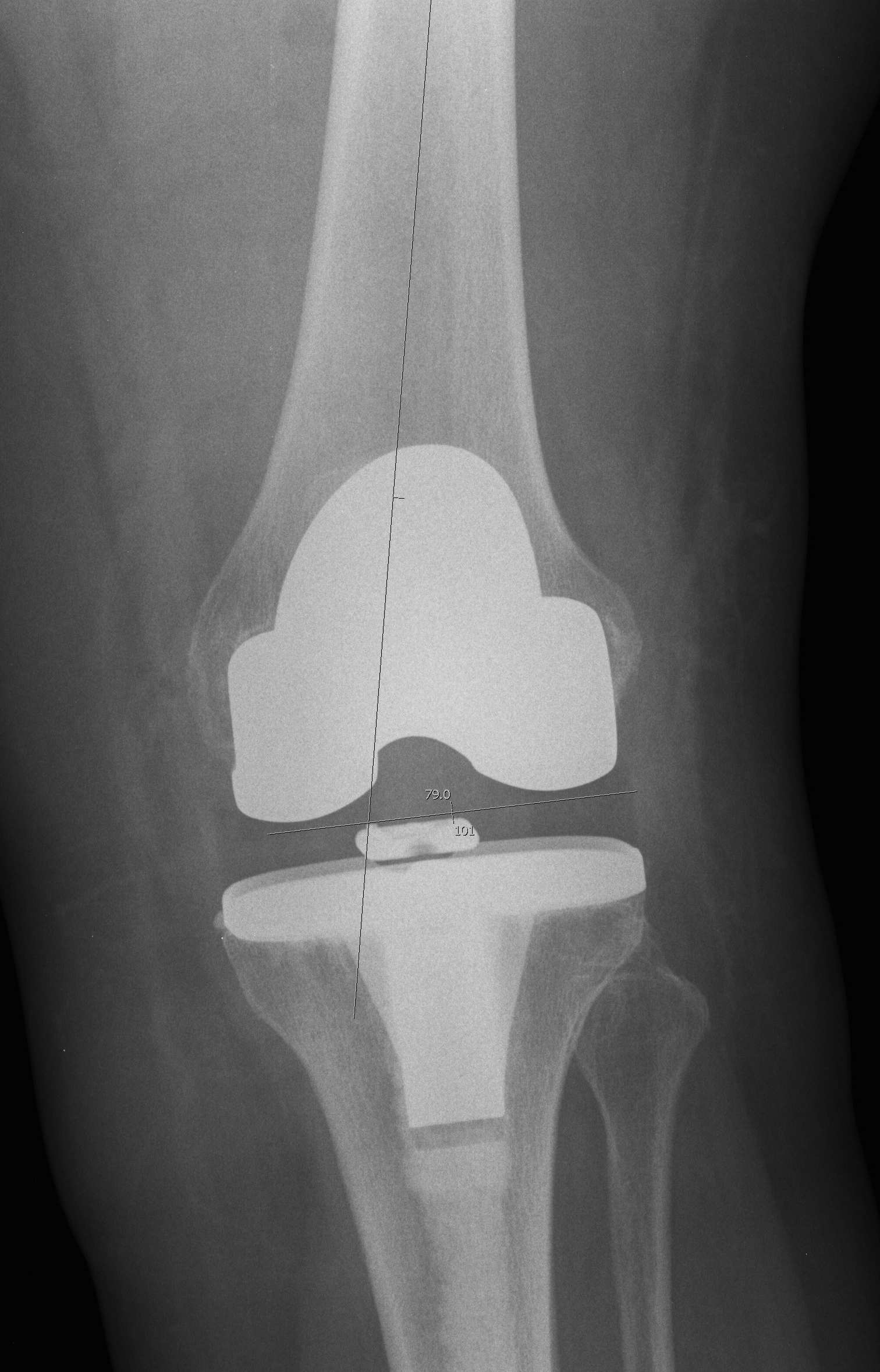Navigation
Aim
Attempt to reduce outliers in all 3 planes of the knee
- improve alignment
- theoretically improve survival and outcomes

Types
Image based
Pre-op CT
- uncommon
- resource heavy
Attempt to reduce outliers in all 3 planes of the knee
- improve alignment
- theoretically improve survival and outcomes

Image based
Pre-op CT
- uncommon
- resource heavy
| Medial Structures | Lateral Structures | |
| Tight in Extension |
Posterior MCL Semimembranosus Posterior capsule Pes Anserinus |
ITB Conformity Materials Fixation GenderConformity
Definition
Geometric measure of the closeness of the fit of the knee articulation
Concepts
The ideal TKA maximises articular conformity while minimising axial constraint
Highly conforming / Fully congruent - constant sagittal femoral radius - large contact areas - theoretical limitation of flexion to 120o due to posterior impingement of the tibial component ConstraintPhilosophy
Need the least amount of constraint necessary to obtain sufficient stability
Increasing constraint
Advantages - increase stability
Disadvantage - increase stress at implant host interface
3 Types
1. Unconstrained
A. Posterior cruciate retaining Patella ResurfacingOptions
1. Always resurface 2. Never resurface 3. Selectively resurface
Decision Making
Controversial - literature divided on issue
Historically - poor outcomes due to poor implant design - now improved designs - non resurfacing also improved due to better design and improved techniques in regard to tracking and rotation
FracturesIntraoperative Fractures
1. Shaft fracture from IM rod
2. Posterior condylar fracture
Management - assess stability - ORIF if needed
Stiffness
Incidence
10% Requirements
70o swing phase 80o climb up stairs 90o climb down stairs + sit down in chair 100o low chair
NHx
Stiffness usually subsides at 6-8/52 - generally improves out to 3/12 - slow improvement for up to next 9/12
Vascular InjuryArterial injury
Incidence
0.05%
Types
1. Thrombosis - most common scenario - tourniquet with atherosclerosis - indirect damage to vessel - femoral or popliteal
2. Embolisation - atherosclerosis again - blue toes syndrome post operatively
3. Vessel transection
Wound Problems
|